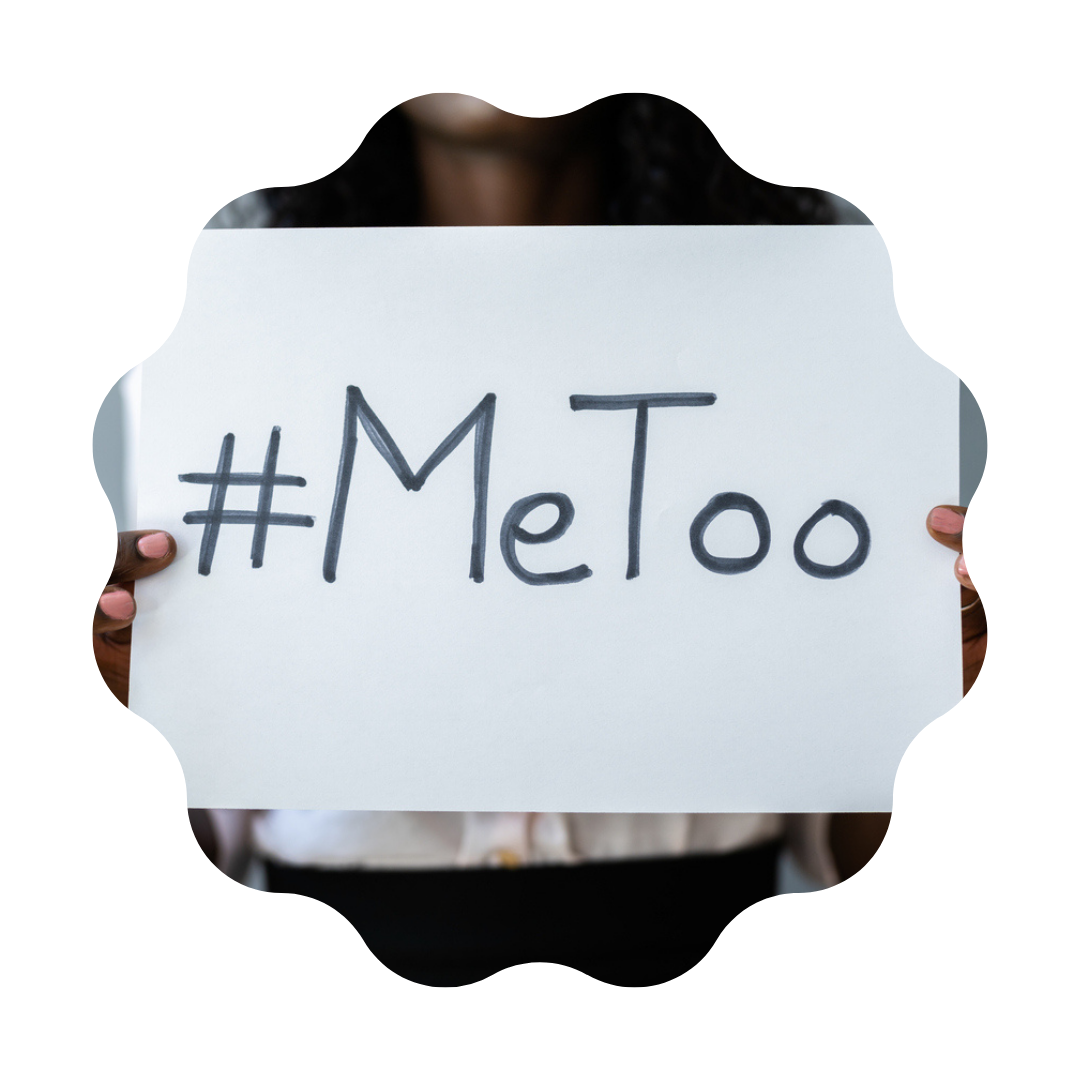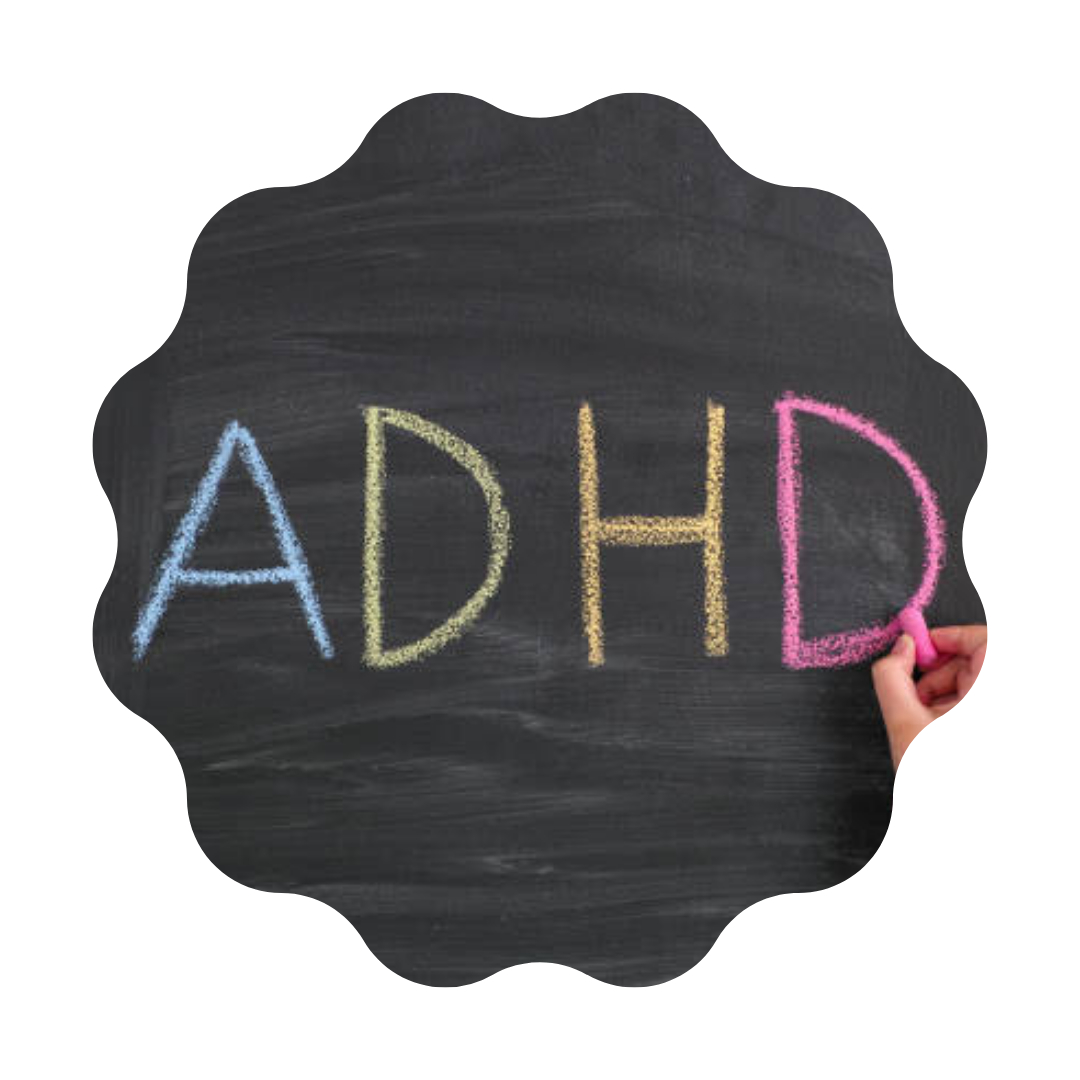DIFFERENCE BETWEEN
GENDER IDENTITY AND
GENDER EXPRESSION
QUESTION
We want to develop an anti-oppressive policy for Transpeople. Could you please clarify the difference between gender identity and gender expression?
ANSWER
To break down oppression we must understand how we are viewing the world from our own standpoint, so we often do not understand how the standpoint of others. In addition, people’s thoughts and even feelings about their gender identity can be extraordinarily complex and change at any time
Gender Identity

Is how everyone, not just Transpeople, defines their gender. It is our internal awareness of how we see ourselves and how we vocalize that idea to others. We see ourselves as male or female, transgender, androgynous, demi -girl, butch, feminine, tomboy, neither or either, both or none of the above. Gender assignment does not equal gender attribution or gender identity because gender functions independently of people’s physical bodies and what is often defined as one’s “sex”. Gender identity is normally taken for granted, as in “I am a woman”. However, if you ask that “woman” how she knows she is a woman, she might struggle to answer the question. Gender identity is personal and can change with how we identify, how we feel, how we like to dress, or even a preference for a different or particular gender role. Gender identity is not influenced in any way by the addition or subtraction of biological criteria, and it also functions independently of sexual orientation, which is who a person might desire or be attracted to.
Because I mentioned gender assignment, I have included a definition here.
Gender Assignment

What the doctors and nurses told your parents you were at birth. What you have been told you are all your life. Gender assignment is determined by the presence of a penis (male) and also the absence of a penis (female) as the “outside” genitals are all that is looked at. If the genitals are confusing, then a gender attribution will not happen until the examination of other criteria. For example, a macro penis may in fact be an enlarged clitoris and may indicate an intersex child. If the child turns out to be a male child with a macro penis the doctors may decide to make the child female and thereby make a gender assignment of female and make the necessary corrections to the child’s anatomy to verify that gender assignment.
And since I mention gender attribution, I have included the definition here.
Gender Attribution

What we do when we meet someone or see someone for the first time. We size them up, check them out and determine what their physical characteristics and mannerisms are and then give them or take away power accordingly – (we are not aware that we are doing this). The gender attribution is based on cues, norms, and values and not on our genital contraptions, such as external/internal criteria, (who has breasts or not, sperm or eggs, who is XX, XY, XYY, XXY, XXXY, XXXY the list goes on). Once the attribution is made, we assume they “have the right parts”, as in a penis or not. Even when we find out the “right parts are missing”, as in a “woman” who had a hysterectomy and therefore “is missing” a uterus, we do not change our attribution and say, “Oh she doesn’t have a uterus, therefore she is not a woman.” If they have different internal organs, as in an intersexed person, then we see that difference as a mistake that needs correcting. However, in our everyday lives we never attribute someone’s gender based on internal organs, simply because we cannot see them. The attribution one makes is never seen as a mistake. Most people are uncomfortable with others until they have made a gender attribution. So, you pass someone in the hall, your mind connects with that image and you “see a man”. And part of that unconscious thought is accompanied by the assumption they have a penis, but “naturally” you are not thinking, “Oh they have a penis”. Until you discover through gossip a “man” in fact does not have a penis, then they are no longer a man. Or you assume that a masculine looking woman is a “man dressed as a woman” and therefore has a penis, when in fact that woman may not have one at all.
So now, what about gender expression? Well gender expression can be best defined as:
Gender Expression

While this is like gender identity, it is not the same. Gender expression is our performance; it is HOW we do our gender. It is how we show everyone what we are and WHO we are. It is also how other people describe us, illustrate us, and know us. Thus, one’s gender expression could be masculine, Butch, feminine, Femme, or masculine feminine, boyish/boish, girlish/grrrly, androgynous non-binary – the list goes on. For example, a butch may have a masculine or NOT feminine gender expression but identify themselves as a woman or female or as a Transman. A transgender person usually needs to show their gender expression to complete their gender identity, and this is often done through hair, make up clothes, cars, homes, work etc. Once again, everyone has a gender expression, and we usually only oppress someone for their gender expression when they are different and sit outside the box of what we have determined to be normal, (based on discursive practices and text mediated practices) and we have an uncomfortable feeling inside us. Chances are we would not be uncomfortable around a “woman” who transitioned to a “man” and now looks like JOHN WAYNE; but we are uncomfortable around a “man” who transitioned to a “woman” but still looks like JOHN WAYNE.
I recognize I am using some language that may be offensive to some trans people; however, trying to clarify physical presentations with text-mediated definitions is always complicated.
So now, how do we understand this and apply it? Well, we compare those definitions to how we understand people around us. It helps to personalize it. A good example is looking at some people with different identities and gender expressions. It is important to remember that before Transpeople transitioned they often present a different gender expression from their gender identity. Therefore, we are surprised when a person assigned as male at birth, “comes out” as identifying as a woman. We are shocked because she presented her gender expression as masculine for so long, so we never stopped to think that perhaps she may have always had a different gender identity, perhaps a female gender expression that she just never showed or talked about.
So that is why gender identity and gender expression need to be separated and understood as different entities, because people with different gender identities and different gender expressions are oppressed through differently organized and managed discursive practices. So, if you want to develop a policy paper that protects the rights of the LGBT community, you have to include the words gender identity and gender expression otherwise, there is a underlying consent to oppress people with different gender expressions, but who may not identify as transgender. I hope this is as clear as mud. If you have any other questions, I will be happy to address them.
















